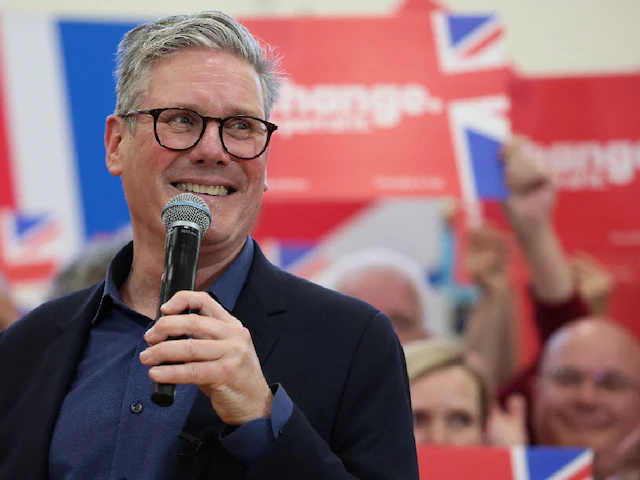Beijing’s Tiananmen Square turned into a stage of power this week. Tanks rolled across the wide avenue, missiles were carried past the crowds, and formations of soldiers marched with precise steps. Above, drones flew in tight patterns, showing off the country’s latest military tech.
At the center of it all was President Xi Jinping, standing shoulder to shoulder with Russia’s Vladimir Putin and North Korea’s Kim Jong-un. The scene was not only about military strength—it was a message. China held its biggest military parade in years, and the world is left asking what it really means.
Not Just a Celebration
Officially, the event marked the 80th anniversary of the end of World War II. But the parade didn’t feel like a history lesson. The focus was on what’s new: hypersonic missiles, drone swarms, naval systems built for the South China Sea.
Military parades are nothing new in China, but the scale and timing of this one stood out. With global tensions rising and U.S. forces stepping up drills in the Pacific, the message was hard to miss. This was China showing that it is ready, willing, and equipped.
The Symbolism of Leaders Standing Together
Sometimes the pictures matter more than the speeches. Xi standing next to Putin and Kim was the clearest signal of the day. The three leaders didn’t need to sign any treaty—the image itself told the story: here are three nations united in their pushback against Western influence.
That picture hit hard in Washington, Tokyo, and Seoul. Analysts say the presence of Putin and Kim gave the parade an extra edge, turning it from a domestic show into a global warning.
What Analysts See Between the Lines
So, what’s the takeaway? Observers point to a few things:
- Warning to the West: With tensions already high in the South China Sea and around Taiwan, this was a reminder that China won’t back down.
- Boost for domestic pride: At a time when China’s economy is slowing, a big show of strength can help shift attention and rally support at home.
- Invitation to partners: For countries looking for alternatives to U.S. leadership, the message was clear: China is building its own camp.
Still, experts warn that showing too much muscle can be risky. It could spark stronger pushback from rivals or even speed up new defense alliances in Asia.
Technology on Display
The parade wasn’t just about soldiers and tanks. It was also a showcase of technology. Drones moved in coordinated swarms, new missile systems were unveiled, and satellite hardware rolled past the stands.
Many of these systems have dual uses. The same AI used to control military drones could be used in China’s domestic surveillance networks. Space technology highlighted during the parade could later feed into civilian projects, like satellite internet. For people watching markets and tech, the parade offered a glimpse of where China might be heading next.
The Bigger Question
Parades end, but the questions they raise don’t fade quickly. Does this mean China is preparing for more aggressive moves in the South China Sea? Will Taiwan face even greater pressure? Or was this a carefully planned show, designed to rattle nerves without real action behind it?
No one has the clear answer, but what’s certain is that Beijing wanted this event to be remembered. The mix of new weapons, symbolic alliances, and sheer scale left little doubt about China’s ambitions.
Why It Matters
China’s parade wasn’t just about military power. It was about timing, optics, and influence. It reminded the world that China isn’t only focused on its economy—it’s also building a vision of itself as a dominant global power.
And by bringing Putin and Kim into the spotlight, Xi made sure that vision wasn’t seen as a solo effort. It was framed as part of a larger shift in the balance of power.
For the West, allies, and rivals alike, the key question now is simple: what comes next?







